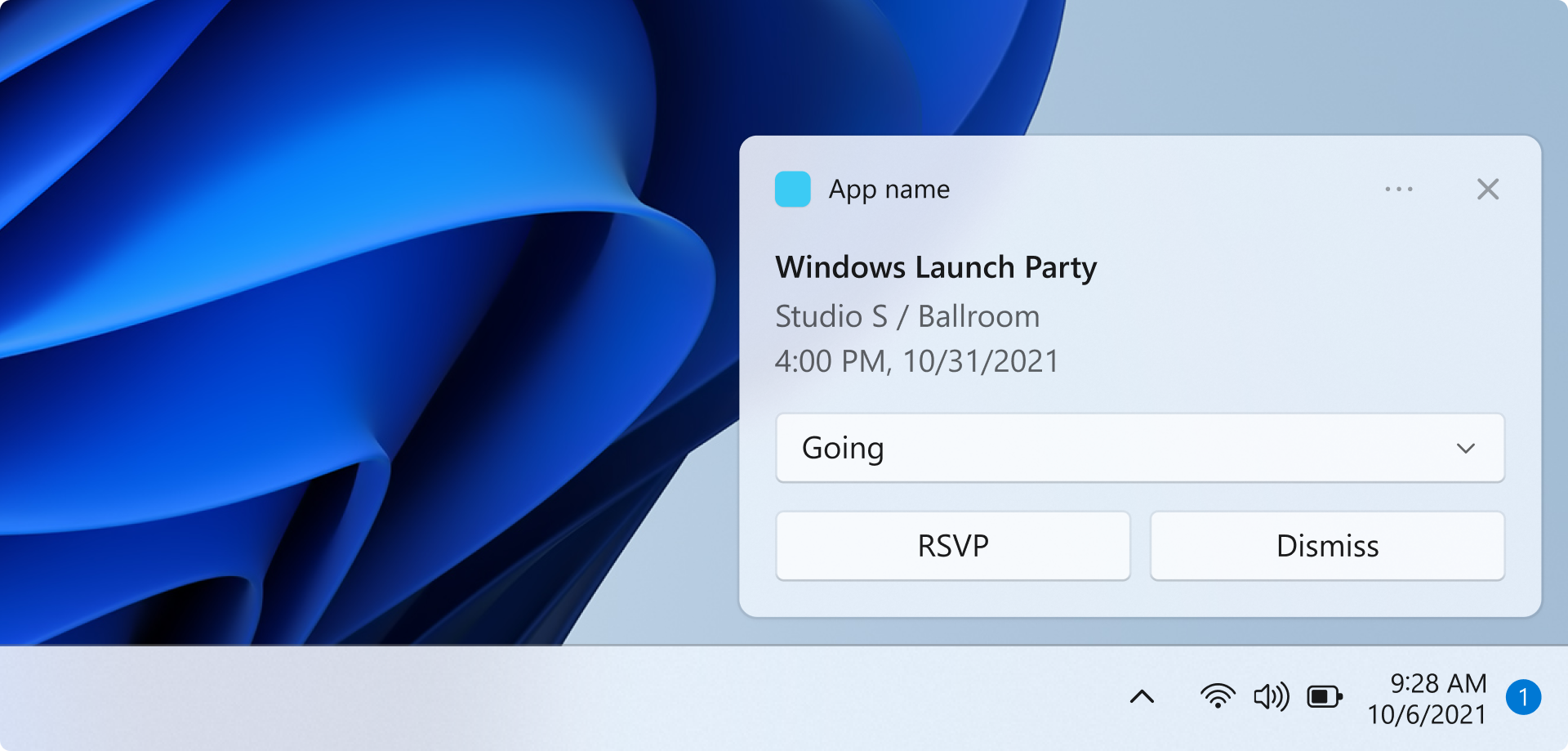Having encountered the “IRQL Not Less or Equal” error on my Windows 8.1 system, finding a reliable fix became essential.
Understanding Symptoms and Causes
Symptoms and Causes:
When encountering the “IRQL Not Less or Equal” error on Windows 8.1, it is crucial to understand the symptoms and causes to effectively fix the issue.
Symptoms of this error include the infamous Blue Screen of Death (BSOD), where the computer crashes and displays an error message. This error can occur during the booting process, while using specific applications, or randomly during computer usage.
The causes of this error can be varied, ranging from hardware issues such as faulty RAM or incompatible device drivers to software problems like corrupt system files or malware infections. It can also be triggered by recent changes in the system, such as a recent software or driver installation.
To fix the “IRQL Not Less or Equal” error, several steps can be taken. First, ensure that all hardware components, such as the motherboard, graphics card, and USB devices, are properly connected and functioning. Next, try booting the computer in Safe Mode to isolate any software conflicts.
Check the Windows Registry for any corrupt entries and repair them using appropriate software or tools. Additionally, updating the operating system and drivers through Windows Update or the manufacturer’s website can resolve compatibility issues.
If the error persists, run a thorough virus scan using reliable antivirus software to eliminate any malware causing the issue. Lastly, consider using system restore points or reinstalling the operating system as a last resort.
Addressing Hardware and Software Compatibility
| Step | Description |
|---|---|
| Step 1 | Check for hardware compatibility |
| Step 2 | Update drivers |
| Step 3 | Verify software compatibility |
| Step 4 | Perform a system restore |
| Step 5 | Run a malware scan |
By following these steps, you can address hardware and software compatibility issues that may be causing the “IRQL Not Less or Equal” error on Windows 8.1.
Implementing Solutions and Updates

- Open the Start menu and click on Settings.
- Click on Update & Security.
- Click on Windows Update in the left sidebar.
- Click on Check for updates and wait for the scan to complete.
- If updates are found, click on Install now and follow the on-screen instructions.
- Restart your computer once the updates are installed.
Method 2: Run the Windows Memory Diagnostic Tool
- Press Win+R to open the Run dialog box.
- Type mdsched.exe and press Enter.
- Select Restart now and check for problems (recommended).
- Wait for the memory diagnostic tool to run and check for any issues.
- If any issues are found, follow the on-screen instructions to resolve them.
- Restart your computer once the memory diagnostic is complete.
Method 3: Update Device Drivers
- Open the Start menu and click on Device Manager.
- Expand the categories to find the device drivers you want to update.
- Right-click on the device driver and select Update driver.
- Choose the option to Search automatically for updated driver software.
- Follow the on-screen instructions to install the updated driver.
- Repeat the process for all the device drivers you want to update.
- Restart your computer once all the driver updates are installed.
Method 4: Perform a System Restore
- Open the Start menu and click on Settings.
- Click on Update & Security.
- Click on Recovery in the left sidebar.
- Under Reset this PC, click on Get started.
- Choose the option to Keep my files or Remove everything based on your preference.
- Follow the on-screen instructions to complete the system restore process.
- Wait for your computer to restart and check if the issue is resolved.
Utilizing Advanced Repair Strategies

If you’re experiencing the “IRQL Not Less or Equal” error on your Windows 8.1 computer, there are advanced repair strategies you can utilize to fix the issue. Here’s what you can do:
1. Restart your computer in Safe Mode. This will allow you to troubleshoot without any unnecessary programs or drivers running in the background.
2. Update your device drivers. Outdated or incompatible drivers can often cause this error. Use Device Manager to check for driver updates or visit the manufacturer’s website for the latest versions.
3. Check for Windows updates. Microsoft regularly releases patches and updates to fix bugs and compatibility issues. Make sure your Windows 8.1 is up to date.
4. Scan for malware. Viruses and other malicious software can also trigger the “IRQL Not Less or Equal” error. Use a reliable antivirus program to scan your computer and remove any threats.
5. Repair your Windows Registry. Corrupted registry entries can cause various errors, including the one you’re experiencing. Use a trusted registry cleaner tool to fix any issues.
6. Test your hardware. Faulty hardware, such as a defective RAM module or graphics card, can also be the culprit. Run hardware diagnostic tests or consider seeking professional help to identify and replace any faulty components.
F.A.Qs
What is IRQL that is too high?
An IRQL that is too high refers to a situation where a process or driver attempts to access a memory address at a higher interrupt request level than it is permitted to. This can lead to system crashes or unexpected shutdowns.
Can faulty RAM cause IRQL less or equal?
Faulty RAM can cause the ‘IRQL NOT LESS OR EQUAL’ error. To check for faulty memory, use the diagnostic tools in Windows.
How do I fix IRQL error?
To fix an IRQL error, you can try updating your drivers by checking for the latest Windows updates. Go to Start > Settings > Update & Security > Windows Update > Check for updates. Then, restart your device by selecting Start > Power > Restart.

